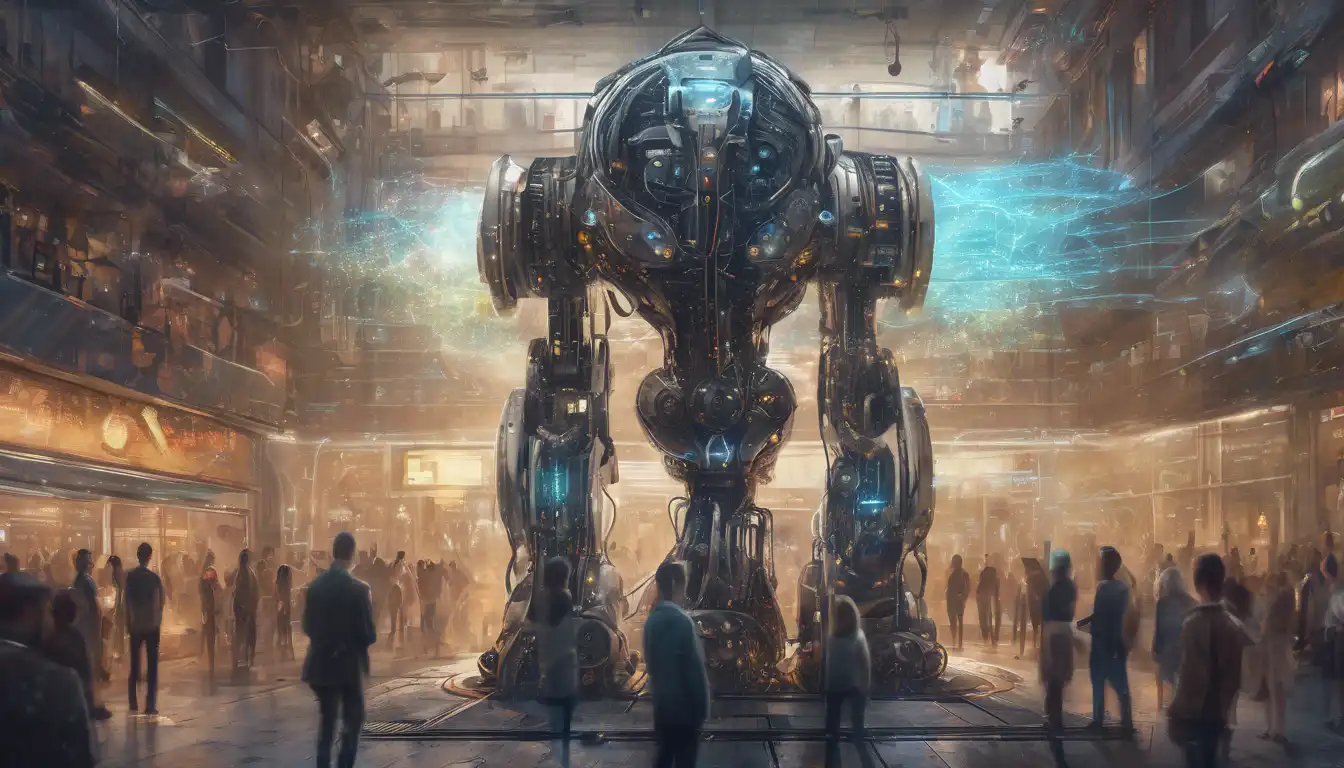Introduction to Machine Learning in Recommendations
Machine learning has revolutionized the way we interact with digital platforms, especially in the realm of personalized recommendations. From streaming services to e-commerce, machine learning algorithms are at the heart of suggesting what movie to watch next or which product to buy. This article delves into how machine learning powers these recommendation systems, making them more accurate and personalized than ever before.
Understanding Recommendation Systems
Recommendation systems are algorithms designed to suggest relevant items to users based on various data points. These systems can be broadly categorized into two types: content-based filtering and collaborative filtering. Machine learning enhances these systems by analyzing vast amounts of data to predict user preferences with high accuracy.
Content-Based Filtering
Content-based filtering recommends items similar to those a user has liked in the past. Machine learning algorithms analyze the features of items to find similarities. For example, if a user frequently watches sci-fi movies, the system will recommend other movies in the same genre.
Collaborative Filtering
Collaborative filtering, on the other hand, recommends items based on the preferences of similar users. Machine learning algorithms identify patterns in user behavior to make these recommendations. This method is particularly effective in e-commerce platforms where purchase history and ratings are abundant.
The Power of Machine Learning
Machine learning algorithms, such as neural networks and decision trees, can process and analyze data at an unprecedented scale. This capability allows recommendation systems to become more sophisticated over time, learning from each interaction to improve future recommendations.
Personalization at Scale
One of the biggest advantages of machine learning in recommendation systems is the ability to personalize content for millions of users simultaneously. This personalization enhances user experience, leading to increased engagement and satisfaction.
Continuous Improvement
Machine learning models continuously learn from new data, ensuring that the recommendation systems evolve and adapt to changing user preferences. This dynamic nature keeps the recommendations relevant and timely.
Challenges and Solutions
Despite their effectiveness, machine learning-powered recommendation systems face challenges such as data sparsity and cold start problems. However, advancements in algorithms and the availability of more data are helping to overcome these hurdles.
Data Sparsity
Data sparsity occurs when there is insufficient data to make accurate recommendations. Machine learning techniques like matrix factorization can help mitigate this issue by filling in the gaps in the data.
Cold Start Problem
The cold start problem refers to the difficulty in making recommendations for new users or items with little to no data. Hybrid recommendation systems that combine content-based and collaborative filtering can provide a solution by leveraging available data more effectively.
Future of Recommendation Systems
The future of recommendation systems lies in the integration of more advanced machine learning techniques, such as deep learning and reinforcement learning. These technologies promise to deliver even more personalized and accurate recommendations, further enhancing user experience.
As machine learning continues to evolve, so too will the capabilities of recommendation systems. The potential for these systems to transform industries is immense, making them an exciting area of development in the field of artificial intelligence.
For more insights into the impact of machine learning, explore our articles on AI trends and data science.
